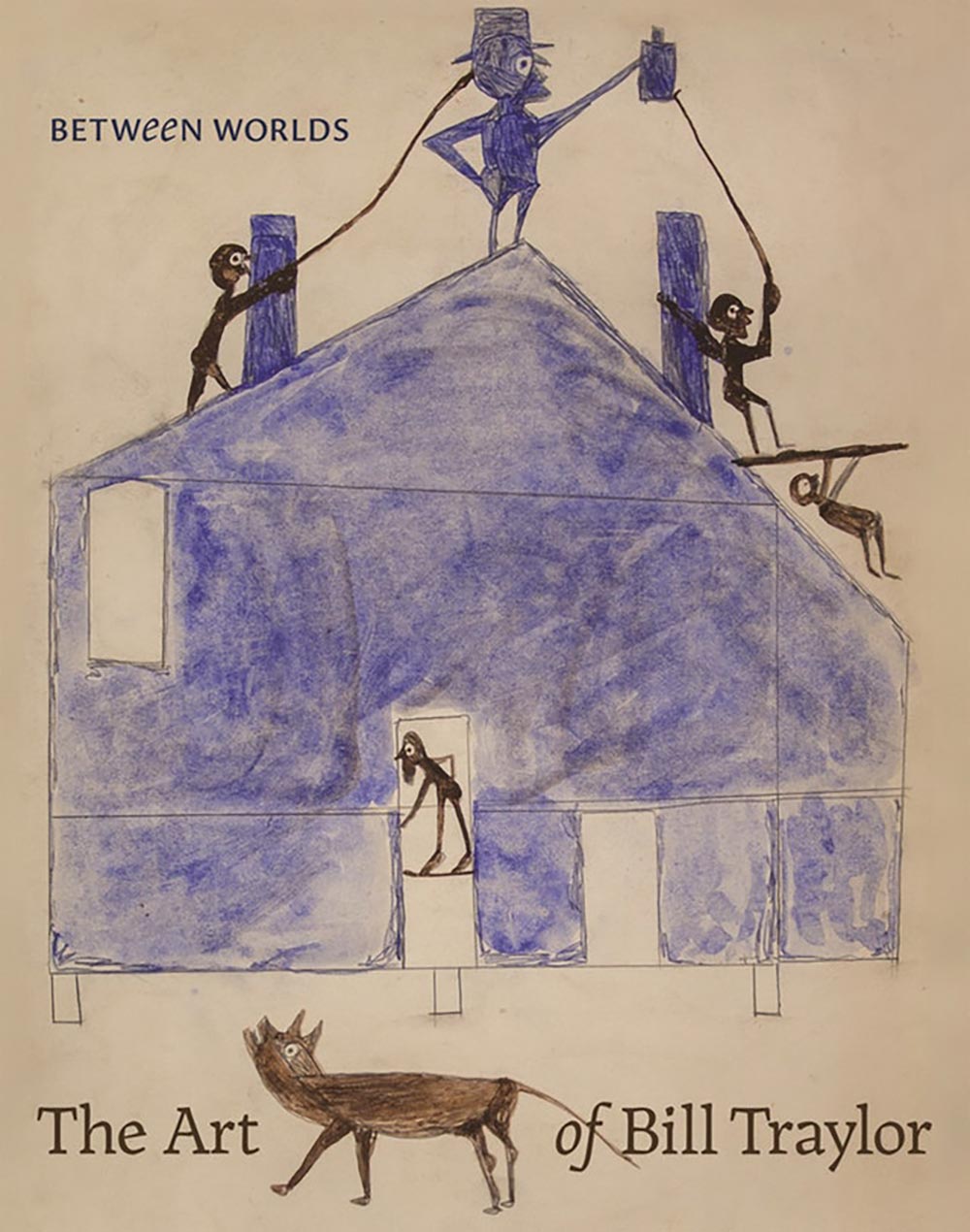Bill Traylor
Texts by Valérie Rousseau and Debra Purden
Born into slavery around 1853-4 on a cotton plantation in Benton, Alabama, Traylor has become one of the most important self-taught artists of the twentieth century, and certainly one of the most celebrated African-American artists, along with Thorton Dial and William Edmondson. The story of Bill Traylor's life and work is a remarkable one. It is a story that deserves attention both nationally and internationally.
This publication, generously illustrated with full-page high-quality reproductions, provides a close examination of Traylor's recurrent themes, composition schemes, favored iconography, and contextual information related to the artist's biography, creative process and tools, visual environment, and artistic mindset.
Each artwork is considered in a context beyond that of an isolated image and in response to one another, forming a series of intricate and consistent narratives, intriguingly cinematic in its development. The elements of Traylor's biography are the anchors of an individual mythology. Instead of merely being a basic depiction, the subject becomes a visual statement structuring Traylor's mind, bringing together hidden symbols from Kongo Vodou, Hoodoo, Southern Baptist, Freemasonry, and Blues sources, as well as layers of references: slavery, uncensored violence in the Jim Crow era, and turbulence within the black enclave known as 'Dark Town' in Montgomery, Alabama.
Publisher: 5 Continents Editions
Artists: Bill Traylor
Publication Date: 2018
Binding: Hardcover
Dimensions: 9 1/2 x 11 in | 24.1 x 27.9 cm
Pages: 192
Reproductions: 134 color
ISBN: 9788874398218
Retail: $50 | £40
Status: Not Available
Bill Traylor
Bill Traylor was born around 1853 on a plantation in rural Alabama. In the late 1920s, after seventy years of plantation and farm life, he moved, on his own, to Montgomery. Roughly 1,200 works of Traylor’s are extant, many of which came from Charles Shannon, a prominent white Montgomery artist, who met Traylor in 1939 and began to collect and save his work.

